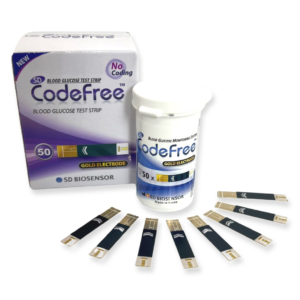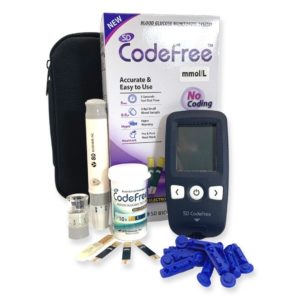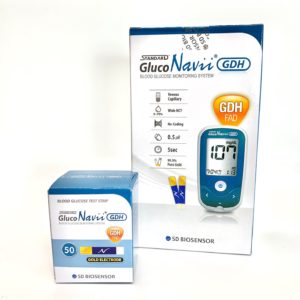There isn’t a cure for Type 1 diabetes yet so the primary aim of treatment is to keep blood glucose levels as near to normal as possible. The quicker levels are brought under control the better the long-term health prospects.
If you have been diagnosed with Type 1 diabetes, you will be under the care of a team that includes your GP, specialist diabetic nurses and various consultants and dieticians. They can all advise you on the right course of treatment for Type 1 diabetes according to your particular case and lifestyle.
Treatment will include a healthy diet and measures to reduce risk factors. To reduce health complications associated with diabetes, you should regularly exercise, quit smoking and drink less alcohol to keep blood pressure and cholesterol levels low.
Type 1 diabetes requires the use of insulin treatment to keep blood glucose levels within normal levels. There are different types of insulin available that your diabetic nurse will discuss with you. Insulin can only be given by injection or a pump rather than by tablet because stomach acids would destroy the insulin.
An insulin injection is the most common and is usually injected before meals. The injection is usually given in the arm, thigh, buttocks or abdomen. You may be given a small needle to use or a pen-type syringe, which is easier to use. Most people will have to inject insulin 2-4 times a day. When injecting always wash hands and ensure you use a clean needle every time.
Alternatively, you can use a pump. The pump, which is about the size of a playing card, is attached to the body by a long tube called a catheter with a needle at the end. The needle can be inserted into the stomach, hips, thighs, buttocks or arm. The pump delivers a constant amount of insulin into your body. If you struggle to control your glucose levels then this might be the better option. It is also recommended for children under 12 years.
Rapid-acting analogue – This one is injected just before food, with food or after food. It starts to work in about 15 minutes and usually lasts 2-5 hours
Long-acting analogue – Usually injected once a day and lasts approximately 24 hours
Short-acting insulin – This is injected 15-30 minutes before a meal
Medium and long-acting insulin – These are usually taken twice a day
Mixed insulin – A combination of medium-acting and short-acting insulin
Mixed analogue – A combination of medium-acting insulin and rapid-acting insulin
Regular testing is an essential part of monitoring and managing diabetes to prevent serious health complications. Your levels will change at different times of day and with different activities.
Make sure you always take your medication at the prescribed times and don’t miss any meals.
Learn more:



Please note that you can NOT buy the following combinations of medicines.
If purchasing separately the maximum number of tablets is 96 of each type. If purchasing as a combination then the maximum allowed is 96 tablets in total.
The maximum number of tablets is 96 of each type of the following medicine combinations;
The maximum number of Co-codamol you’re allowed to purchase is 32 tablets.
If you have any additional questions please Contact Us
The New Model from SD Biosensor (the manufacturers of the No.1 selling SD Codefree Blood Glucose Meter) has all the benefits of the Codefree plus it boasts a greater accuracy due to a wider haematocrit (HCT) range of 0-70% and GDH-FAD enzyme technology.
All of this with prices starting from just £11.99!
Click here to find out more information.

